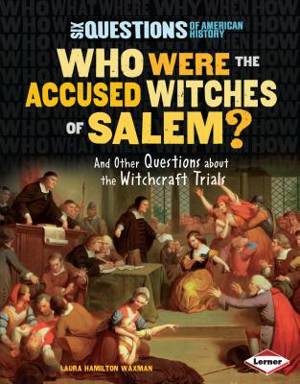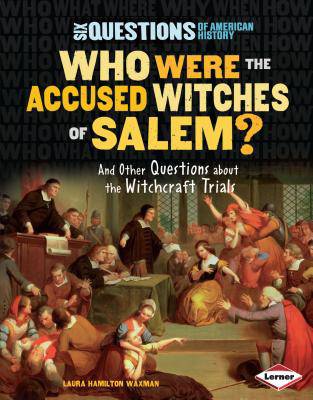
- Retrait gratuit dans votre magasin Club
- 7.000.000 titres dans notre catalogue
- Payer en toute sécurité
- Toujours un magasin près de chez vous
- Retrait gratuit dans votre magasin Club
- 7.000.0000 titres dans notre catalogue
- Payer en toute sécurité
- Toujours un magasin près de chez vous
Who Were the Accused Witches of Salem?
And Other Questions about the Witchcraft Trials
Laura Hamilton WaxmanDescription
In June 1692, a jury in Salem, Massachusetts, found Bridget Bishop guilty of performing witchcraft. The only evidence against her was villagers' testimony. As punishment she was publicly hanged. Meanwhile, local girls had been behaving oddly for months. They cried out of being pinched or choked by a witch's spirit. The girls accused neighbors, outcasts, and respected community members of tormenting them. As fear spread through Salem, jails filled with the accused. In the end, nineteen people were hanged for witchcraft in one of the darkest moments in U.S. history.
But what led to this terrifying event?
Who was likely to be accused?
Why did the witchcraft fever finally come to an end?
Discover the facts about the Salem Witchcraft Trials and the mark they left on the U.S. justice system.
Spécifications
Parties prenantes
- Auteur(s) :
- Editeur:
Contenu
- Nombre de pages :
- 48
- Langue:
- Anglais
- Collection :
Caractéristiques
- EAN:
- 9780761352259
- Date de parution :
- 01-01-12
- Format:
- Livre relié
- Format numérique:
- Bibliotheekbinding
- Dimensions :
- 183 mm x 229 mm
- Poids :
- 272 g

Les avis
Nous publions uniquement les avis qui respectent les conditions requises. Consultez nos conditions pour les avis.






